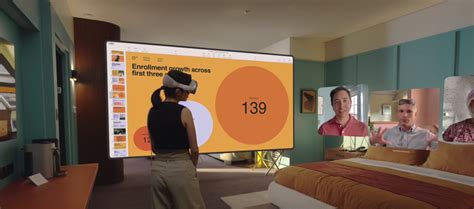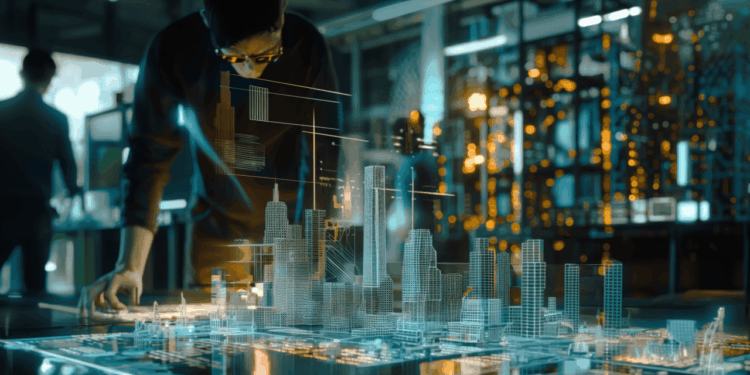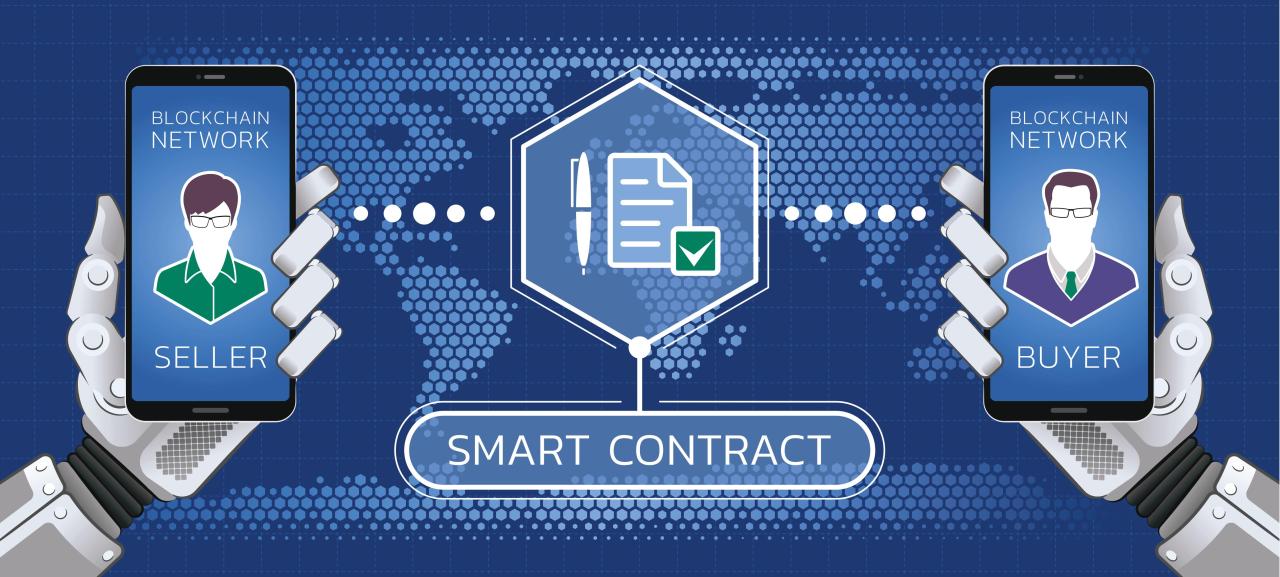Spatial computing is no longer a futuristic concept confined to research labs or sci-fi films. Today, it is steadily embedding itself into everyday experiences, revolutionizing how we interact with digital and physical spaces. From healthcare and manufacturing to education and entertainment, spatial computing is reshaping our reality.
In this comprehensive article, we’ll explore what spatial computing is, how it works, where it’s being applied, and why it’s rapidly becoming a mainstream technology. We’ll also discuss its implications for future innovation and its potential to unlock new revenue streams, especially for those looking to monetize content through platforms like Google AdSense.
What Is Spatial Computing?
Spatial computing refers to the interaction between the physical world and digital technology. It combines elements of augmented reality (AR), virtual reality (VR), artificial intelligence (AI), computer vision, and sensor technologies to create immersive and responsive environments.
Unlike traditional computing, which is bound to screens and input devices like keyboards and mice, spatial computing integrates real-world space into the computing process. It allows machines to process the spatial relationships of objects, enabling users to manipulate digital elements as if they were physical entities.
Core Technologies Behind Spatial Computing
The following technologies power the core functions of spatial computing:
A. Augmented Reality (AR)
AR overlays digital elements onto the real world. Think of apps like Pokémon GO or AR filters on social media platforms. In spatial computing, AR allows users to visualize complex data or interact with digital models in their real environment.
B. Virtual Reality (VR)
VR immerses users in a completely digital environment. It’s commonly used in gaming and simulations, but spatial computing takes VR further by integrating real-world data and movement tracking.
C. Mixed Reality (MR)
MR merges real and virtual worlds, allowing them to interact in real-time. Devices like Microsoft HoloLens showcase this blend perfectly.
D. Artificial Intelligence (AI)
AI helps spatial computing systems interpret data, recognize patterns, and make intelligent decisions. This includes facial recognition, gesture tracking, and contextual understanding.
E. Computer Vision
This allows machines to “see” and understand the environment using cameras and sensors. It is essential for spatial awareness and interaction.
F. Sensor Fusion and IoT Devices
Devices use sensors like GPS, accelerometers, gyroscopes, and more to map and understand space, enabling more precise and context aware applications.
How Spatial Computing Works
Spatial computing works by digitizing the real world through sensors and cameras. These devices collect data about the physical environment, such as object locations, user movements, and ambient conditions. This data is then processed in real-time using algorithms and AI, creating a dynamic digital overlay or environment.
The interaction between physical and virtual elements is bidirectional. Users can manipulate digital content through gestures, voice commands, or eye movement, and the system can adapt the environment accordingly.
Applications of Spatial Computing in Real Life
![]()
Spatial computing is already revolutionizing several industries. Here’s how:
A. Healthcare
-
Surgical Simulations
Surgeons can practice procedures using VR environments that replicate real-life anatomy and scenarios. -
Remote Assistance
Doctors can guide less experienced practitioners remotely using AR headsets and live annotations. -
Rehabilitation
AR and VR are used to create gamified rehabilitation exercises, improving patient engagement and outcomes.
B. Education
-
Immersive Learning
Students can explore historical sites or biology labs through VR, making education more interactive. -
AR Classrooms
Teachers use spatial computing to illustrate complex concepts like geometry or physics in 3D space.
C. Manufacturing and Industry
-
Digital Twins
Factories create digital replicas of equipment to monitor performance and run simulations. -
AR Maintenance Tools
Technicians can view maintenance instructions overlaid on actual machinery.
D. Retail and E-Commerce
-
Virtual Try-Ons
Customers can see how clothes or glasses look on them using AR. -
Interactive Storefronts
Spatial computing enables dynamic product displays in stores and online platforms.
E. Architecture and Construction
-
3D Modelling and Visualization
Architects can walk clients through a digital version of a building before it’s constructed. -
Site Analysis
Engineers can use drones and spatial sensors to survey land and assess construction viability.
F. Entertainment and Gaming
-
AR and VR Games
Titles like Beat Saber or Pokémon GO rely heavily on spatial computing technologies. -
Immersive Storytelling
Movie studios and content creators are exploring interactive and spatial storytelling formats.
Spatial Computing and the Rise of the Metaverse

The term “metaverse” refers to a shared, persistent, and immersive digital space. Spatial computing is the backbone of this vision. It enables real-time interaction in 3D spaces, creating the foundation for virtual offices, social gatherings, and even economies.
As companies like Meta, Apple, and Microsoft invest heavily in spatial technologies, the metaverse is slowly becoming a reality. Devices like the Apple Vision Pro or Meta Quest are built around spatial computing capabilities.
Challenges and Concerns
Despite the benefits, spatial computing faces several challenges:
A. Privacy Issues
Devices constantly scanning and recording surroundings may raise surveillance concerns.
B. Cost and Accessibility
High-end spatial computing gear is still expensive, making widespread adoption slower.
C. Technical Barriers
Developers must master a blend of skills, including 3D modeling, programming, and AI, to create spatial apps.
D. Digital Fatigue
Overexposure to immersive environments could lead to fatigue or motion sickness in some users.
The Future of Spatial Computing
Looking ahead, spatial computing is expected to become as ubiquitous as smartphones. As hardware becomes more affordable and software more intuitive, everyday consumers will use spatial apps for shopping, working, and socializing.
5G connectivity and edge computing will further accelerate this growth by allowing real-time spatial data processing without lag. Integration with blockchain and decentralized platforms could also enable secure ownership of virtual assets and identity in spatial environments.
Spatial computing is no longer a niche field. Its integration into daily life is opening up new ways to interact with the world, from how we learn and work to how we entertain ourselves. For content creators and businesses, embracing this trend early can lead to higher engagement, better SEO rankings, and increased AdSense earnings.
As adoption continues to grow, understanding and leveraging spatial computing could be key to staying ahead in the digital economy.












